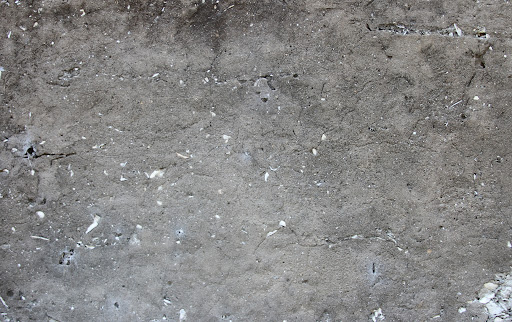wear
The concrete has been damaged by erosion it is almost certain that any repaired section will again be damaged unless the cause of the erosion is removed. The best concrete made will not withstand the forces of cavitation or severe abrasion for a prolonged period. It may be more economical to replace the concrete periodically rather than to reshape the structure to produce streamlined flow or to eliminate the solids which are causing abrasion.
Mechanism
Abrasion-erosion damage is caused by the action of debris rolling and grinding against a concrete surface. In hydraulic structures, the areas most likely to be damaged are spillway aprons, stilling basin slabs, and lock culverts and laterals.
The sources of the debris include construction trash left in a structure, riprap brought back into a basin by eddy currents because of poor hydraulic design and riprap or debris thrown into a basin by the public. Also barges and towboats impacting on lock wells and gide wells can cause abrasions erosion damage.
Symptoms
· Concrete surfaces abraded by waterborne debris are generally smooth and may contain localized depressions.
· Mechanical abrasion is usually characterized by long shallow grooves in the concrete surface and spelling along monolith joints.
· Armor plates is often torn away or bent.
Common materials
Metallic types
· Pearlitic iron turnings
· Crushed cast iron chilled grit
Non-metallic types:
· Silicon carbide grains
· Fused alumina grains
· Natural emery grains


Comments are closed